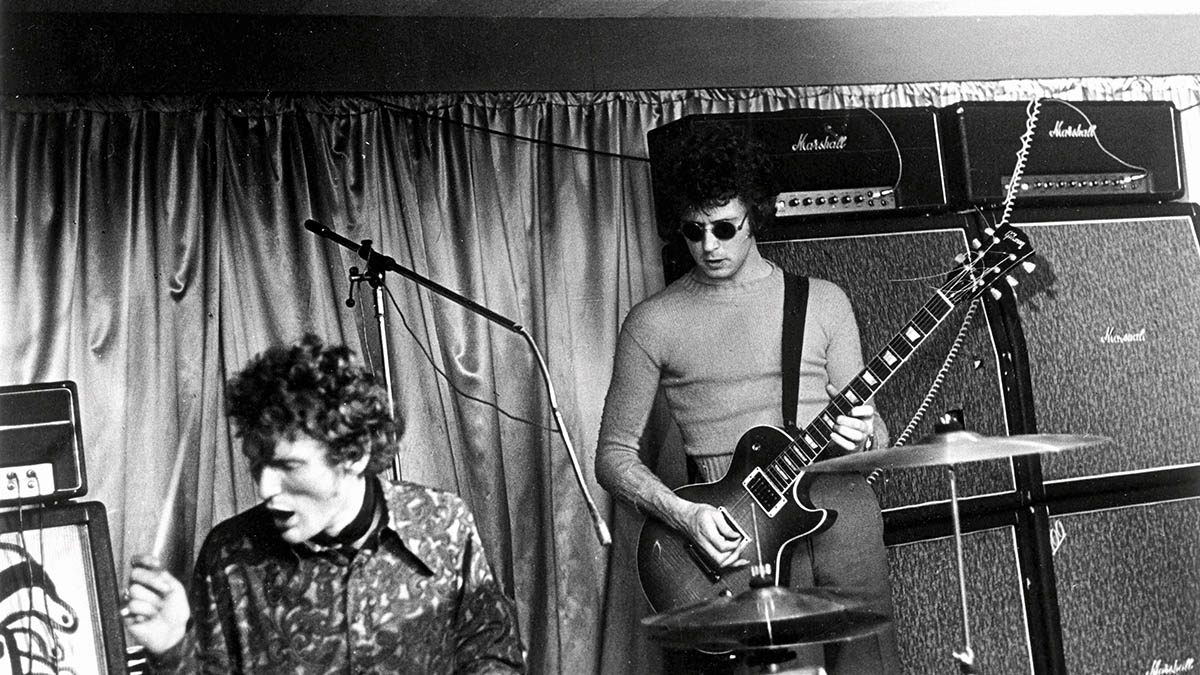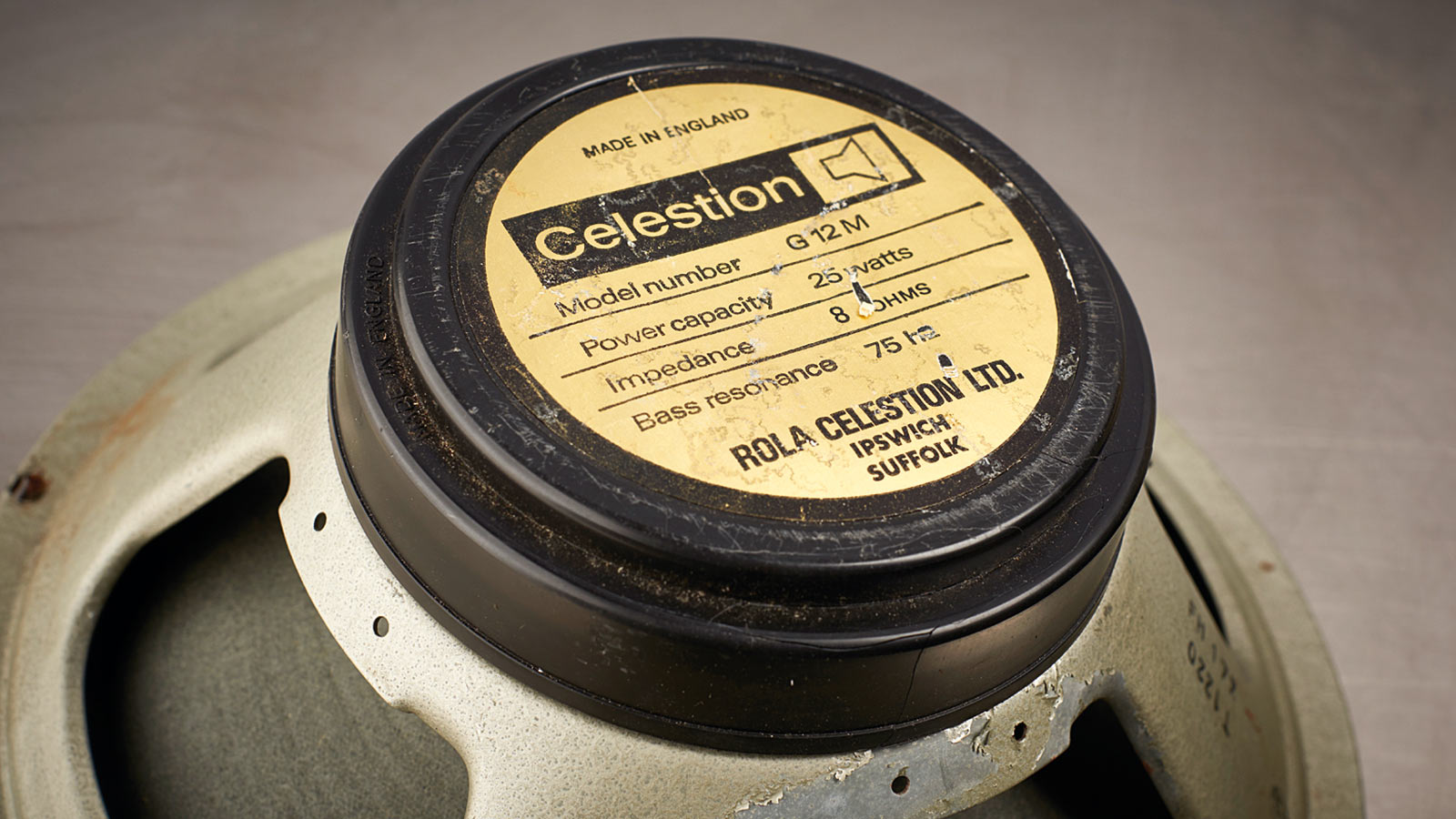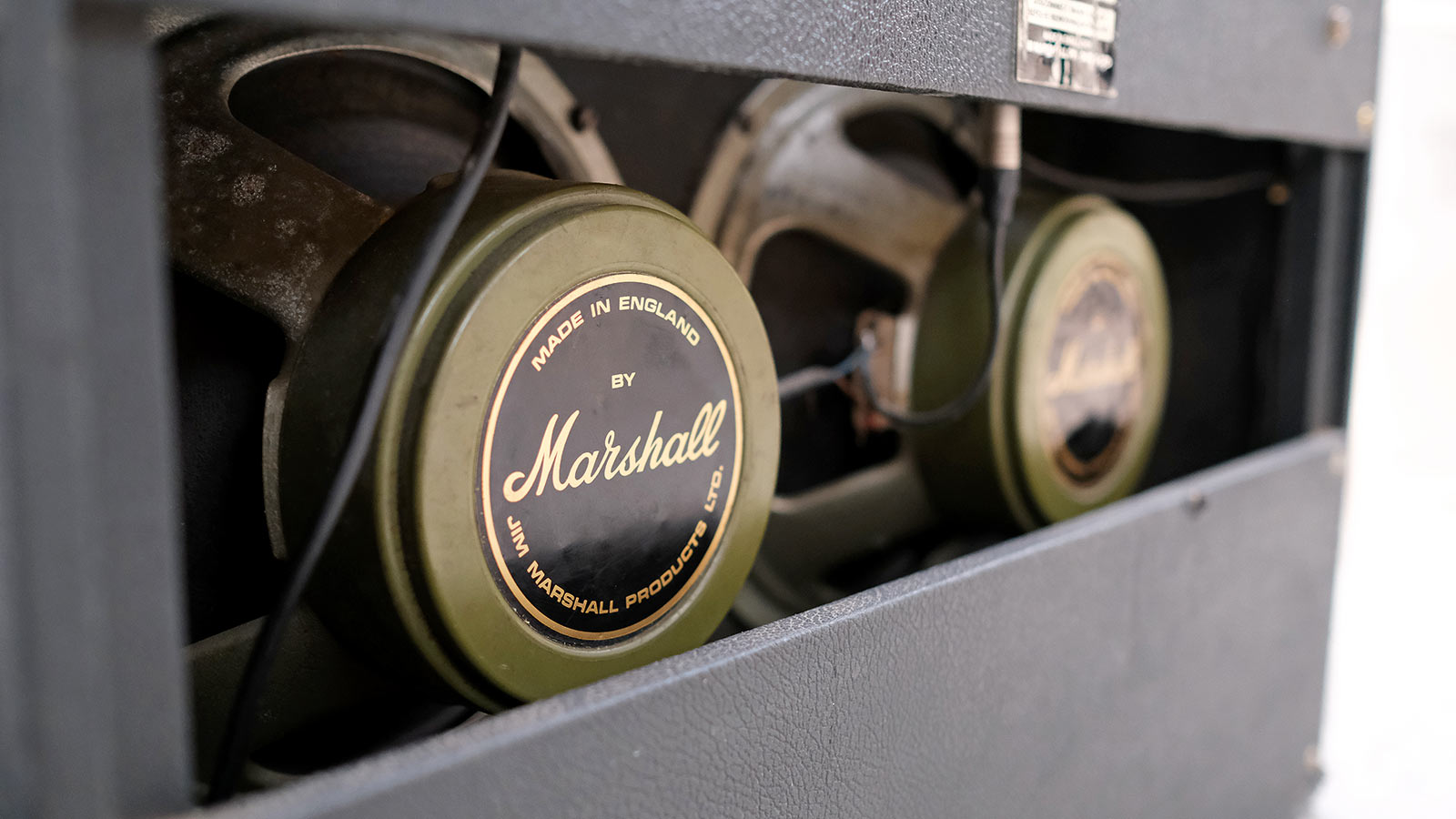How Celestion speakers helped Marshall become ‘the sound of rock’
Zilla Cabs’ Paul Gough explains the pivotal role the British speaker firm played in establishing Marshall as backline of choice for a new generation of rock guitar players

With Celestion approaching its 100th birthday, it’s clear, given its age, that Celestion didn’t start as a company focused on electric guitar products.
But the brand’s ability to innovate and the experience it gained up until the early 60s helped it develop a range of drivers (speakers) designed for the guitarist, and one in particular that would allow Marshall amplification to become ‘the sound of rock’.
As with most companies, when Jim Marshall and Ken Bran started making guitar amplifiers in 1962, they found restrictions in the materials that were available to them, especially for speakers.
Importing relatively large, heavy items such as 12-inch speakers would have been difficult in post-war Britain, not to mention costly, so turning to a local brand such as Celestion is likely to have been an obvious choice.
By 1962, Celestion had already been producing guitar speakers for several companies including Vox, designing the now legendary Alnico Blue specifically for the brand. The Blue would not have been available to Marshall, but Celestion’s off-the-shelf equivalent, the T652 was.

Now, being silver and having no magnet cover at the time, its appearance may have been quite plain, but it sounded great and would be heard – and seen (from the back of combos) – until at least 1965.
For several years before this point, speaker manufacturers were starting to develop ranges of ceramic-magnet speakers, partly in response to volatile magnet prices. Rather than the costly Alnico magnets (an alloy made of aluminium, nickel and cobalt), ceramic magnets (often called ferrite magnets) are made of the much more cost-efficient strontium carbonate and iron oxide.
All the latest guitar news, interviews, lessons, reviews, deals and more, direct to your inbox!
Enter the Greenback

Luckily, ceramic magnet speakers tend to be slightly more aggressive sounding than their Alnico cousins, lending themselves to the more overdriven guitar tones of the '60s and allowing them to slide into common use around this time.
Celestion released its first ceramic-magnet speaker, the T1134, in late 1964, though Marshall didn’t adopt them until around late 1965 when the company started using the T1221, more commonly known as ‘the Greenback’ due to its green plastic magnet cover.
The '50s and '60s saw a drive for ever more powerful amps – and in turn this required more powerful speakers
The '50s and '60s saw a drive for ever more powerful amps – and in turn this required more powerful speakers. After blowing multiple 2x12 cabs, Marshall partly addressed the issue with its 4x12, but with the first Greenbacks only being 20 watts, the result was an 80-watt cab.
Luckily once more, however, larger magnets can absorb more heat meaning they can also take more power, and in late 1966 we saw the introduction of the G12H (12-inch Guitar speaker with a Heavy magnet).
One version, the T1281, found itself in Marshall’s high-power 4x12s (the ones with the 100 logo in the top-left corner), which were often used for guitar and bass, partly down to the H’s lower bass resonance and also, I imagine, because of its higher sensitivity rating making the H sound louder still.
Although the 75Hz cone version (T1217) seems to have been used more regularly in the 70s, it is the T1281 that holds a place in many guitarists’ hearts for its warm lower mids, as well as being the speaker Jimi Hendrix was often seen to be using.
Cone but not forgotten
In 1967, due to developments in voice coil design, the Greenback speakers all increased their power by five watts. This took the G12M (Medium magnet) from 20 watts to its now-familiar 25 watts, and the G12H from 25 to 30 watts, making the standard Marshall 4x12 100 watts and the high-power version 120 watts. It wouldn’t be until the introduction of the G12-65 in 1979 that a 2x12 would surpass the 100-watt mark.
The '70s saw several colour changes of the Greenback’s plastic magnet cover, but they were just that, a change in colour – unlike the modern Creambacks, which are high-powered versions of the Greenback models. Up until the introduction of the G12-65 and its leap in power rating, the main change in this period would have been the switch from Pulsonic cones in around ’74 to ’75, following a fire at the Pulsonic factory in 1973.
Legend has it the secret sauce went up with that fire and some say cones would never be as soft and fluid-sounding again. Once these Pulsonic cones were depleted, we started to see slightly more aggressive-sounding Kurt Mueller cones appearing on a lot of speakers to feature in Marshall cabs, including the ‘Blackback’ speakers of the late 70s through to the G12-80.
The 1980s saw many changes, but the most significant of all would be the introduction of two of the biggest-selling speakers of all time: Celestion’s Vintage 30 and G12T-75.
Although speakers have changed through the years, whether due to technical advances or the availability of parts, the story of guitar speakers and their development certainly plays a major part in the musical icon that is the Marshall cab.
